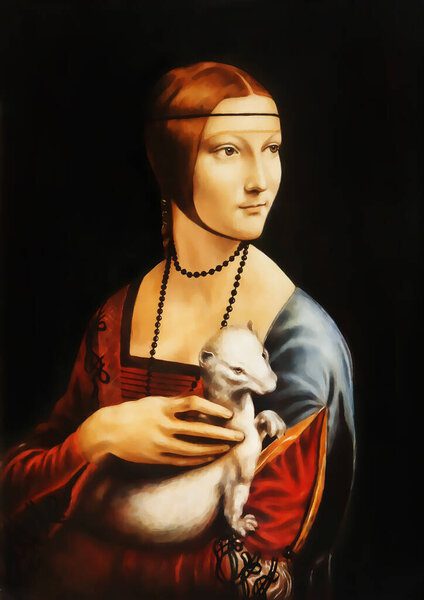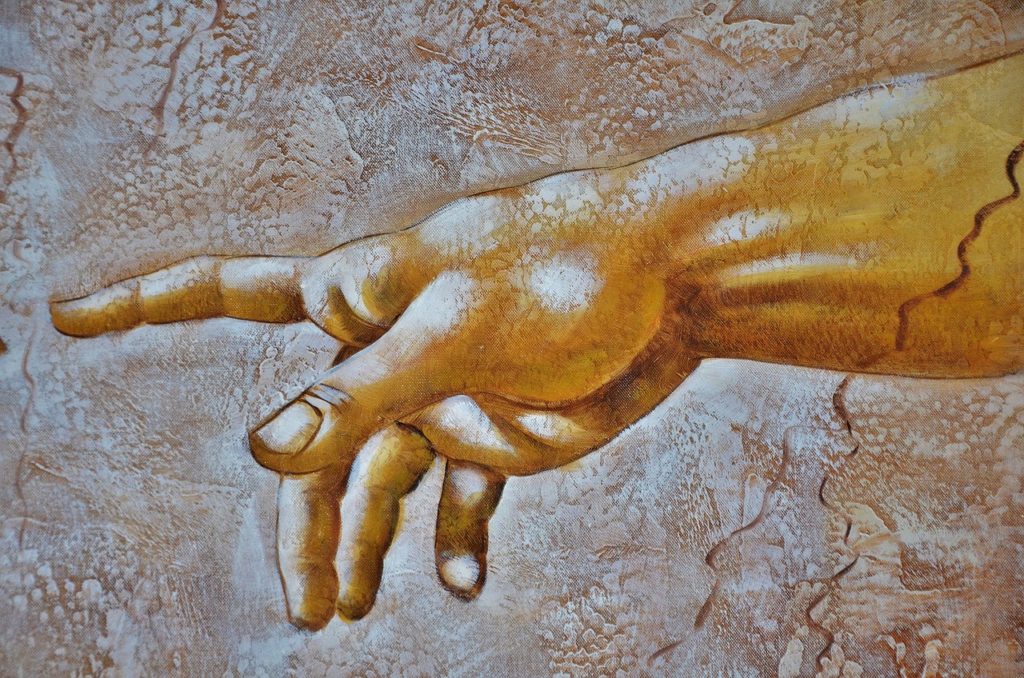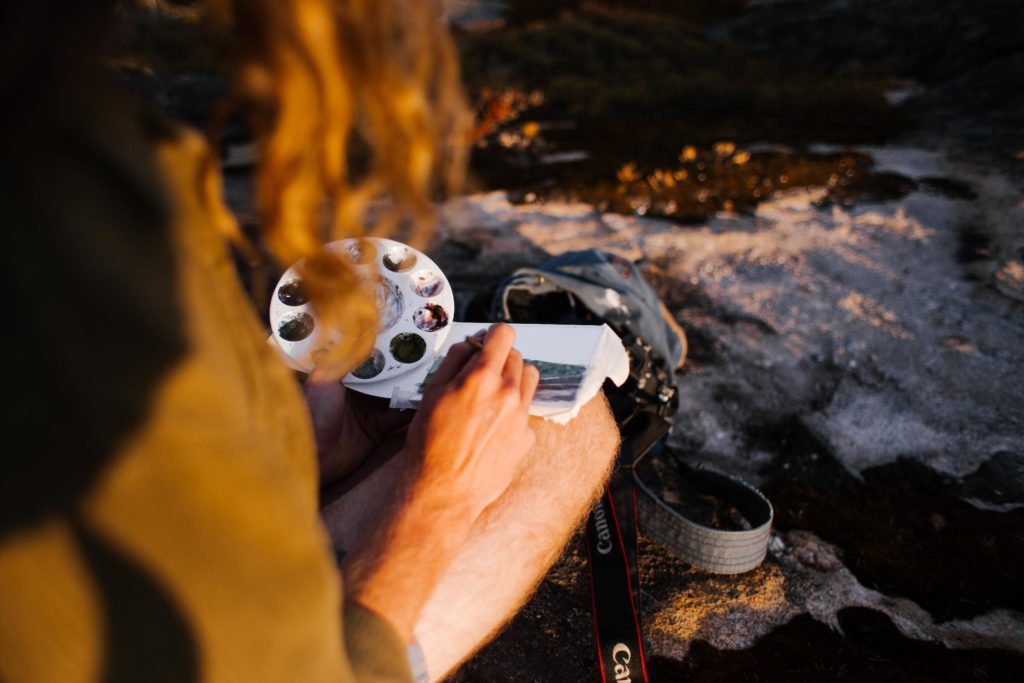Oil painting is a practice that has been longstanding in the art community for hundreds of years. Here is a breif history/timeline on oil painting and how it started.
The oldest oil paintings to date are found to be from the 7th Century. While there are only theories of what mixture was originally made for the oil paint consistency, paintings were found to have been created by Buddhist monks in Bamiyan, Afghanistan. It is thought that the paintings were made on an ancient trail that crosses from China to Western Asia.

It was not until the 13th Century that oil paint began being used in Europe, and not till the 15th that it was commonly used. The Netherlands were the first country to completely adopt oil painting. Jan van Eyck is credited to be the “inventor of oil painting,” whether this is found to be accurate or not.

Jan van Eyck’s era was also the beginning of oil painting on canvas. Before this, oil paintings were created on walls, or in mural format. It was quickly adopted by other influential artists such as Leonardo DaVinci later in the 15th Century, where different techniques began to develop.

Not only had there become differences in layering the paint, but also whether or not the artist was waiting for an under layer to dry before applying the next. Famous oil painting artists were then able to emerge. Leonardo DaVinci widely used dried layers, known as sfumato, while other artists tended to blend their paints while still keeping under layers damp or wet.
In the 17th Century, textural differences emerged beginning the evolution of visual oil painting styles. Thicker or thinner layers, brushes or other tools, pulling or blotting, all of these differences can create different visual affects on a piece of artwork.

The 18th Century was when oil painting started to venture past primitive concepts, and Plein Air was developed. Up until this point, artists had to work in the studio to use the supply of oil paint, because there was no way of transporting paint without it drying.
This is also when color theory in oil painting (like differences in blue hues) became more important and influential.

Dried pigs bladders were used as airtight sacks for transporting the oil paint, and plein air was able to take off. Plein air is still life painting of a natural location outdoors, such as a forest, beach, mountain, or any scenery pertaining to nature in its most simple form.
In the 19th Century, “metal rolls” (tubes) were created for the use of transporting oil paints. With textural differences in artwork settling in, alla prima (deliberate Impressionism) began to make its appearance.
In the 20th Century, oil paint started to become commercialized. Instead of simple concoctions from household items, manufacturers took hold and were able to make changes to consistency, drying time, opacity, and much more, quite similar to the oil paint we know today.
While oil paint is thought to originally have derived from walnut oil, today, linseed oil is mixed with powdered pigments to create the paste that then becomes paint. We have many means of thinners, thickeners and enhancers to manipulate textures and applications of our paint, almost to an overwhelming degree for myself!
The history of oil painting is beneficial to any oil painting artists, and it helps to give a clear understanding of the evolution that we are now a part of.
